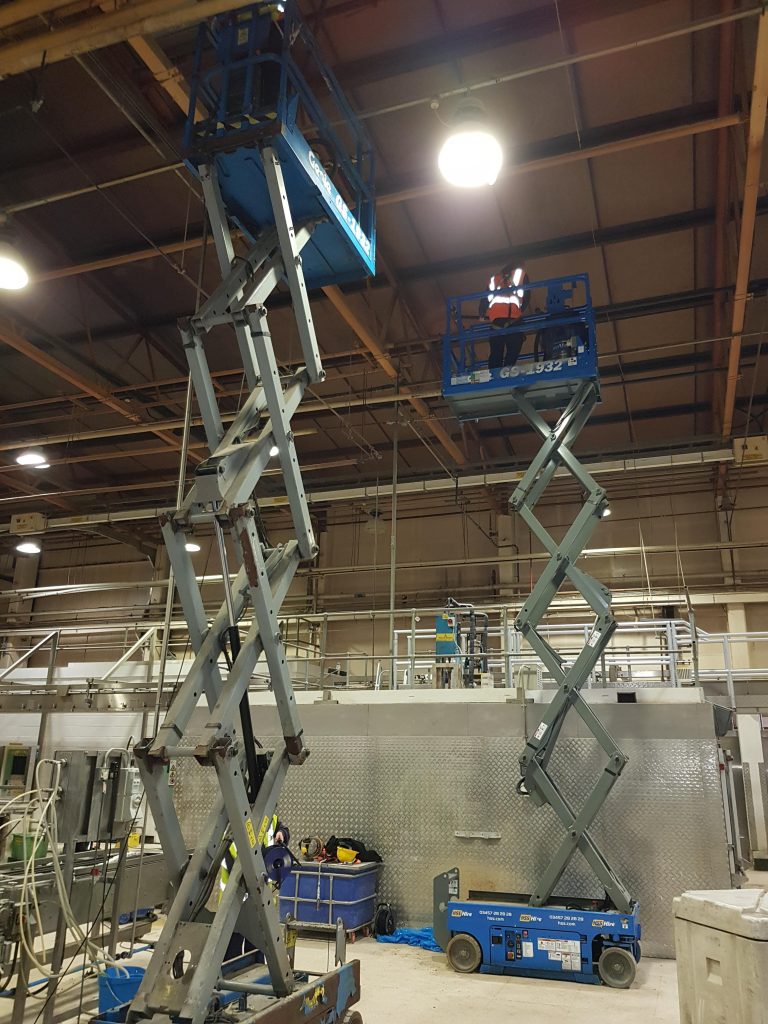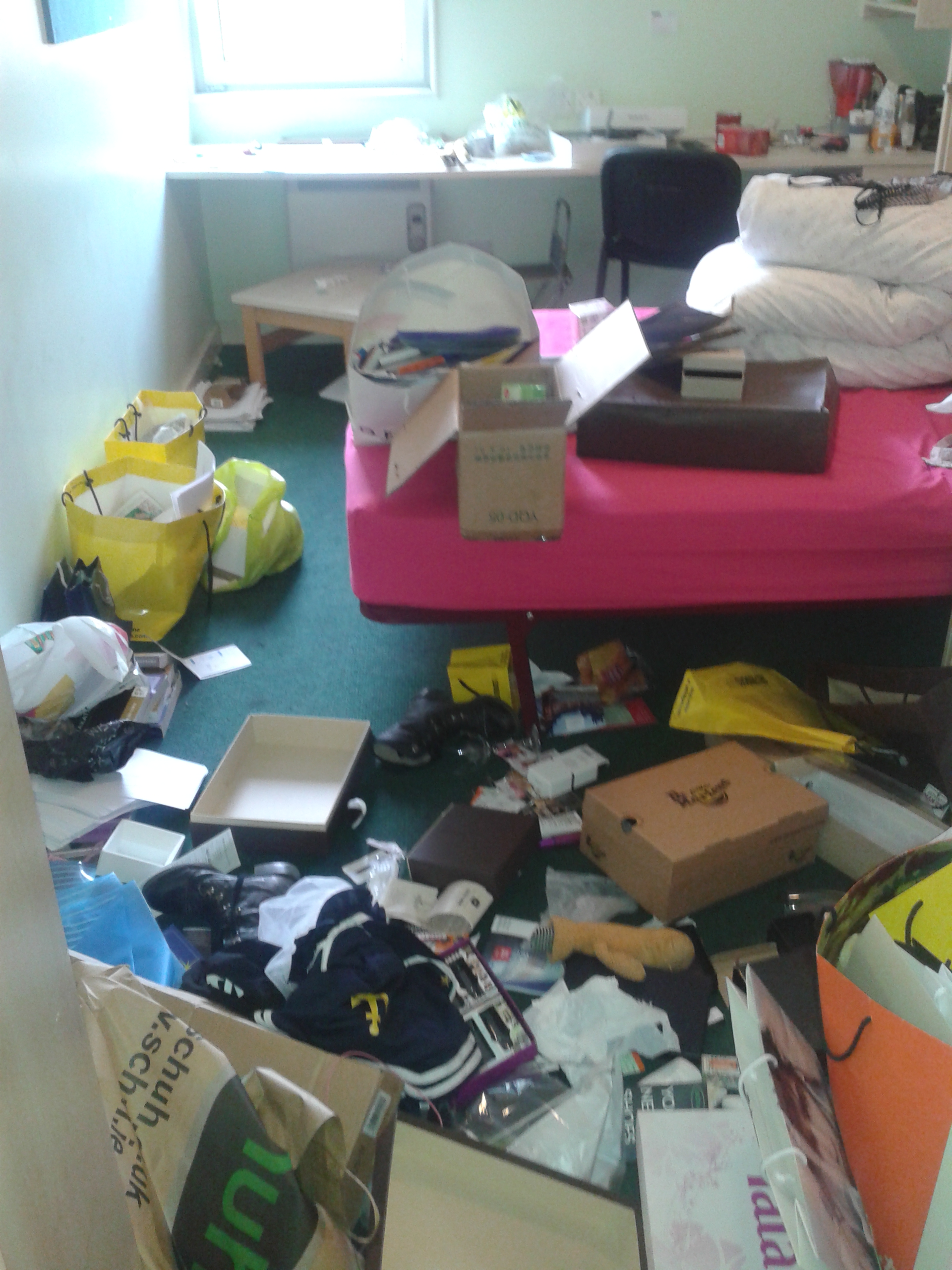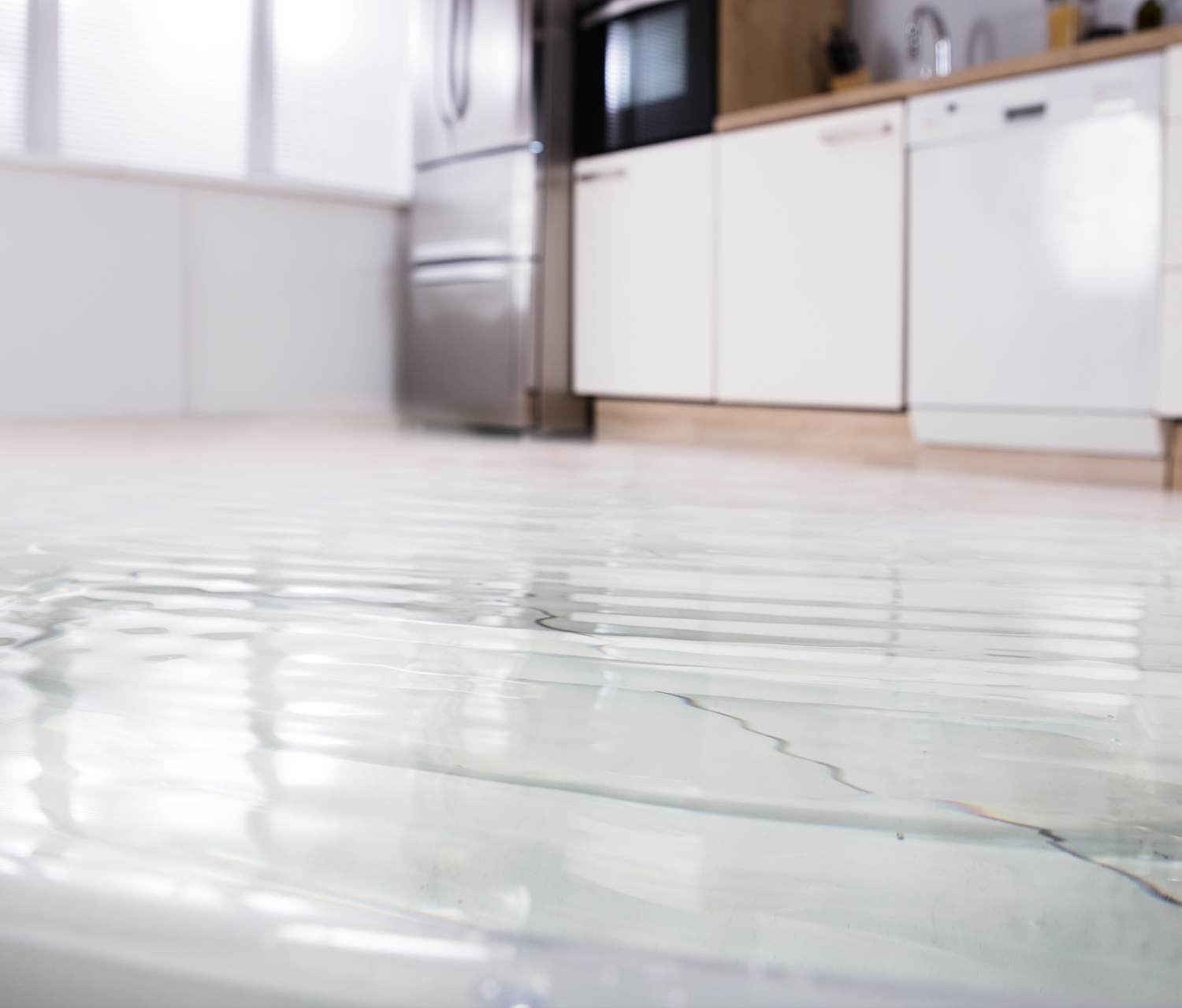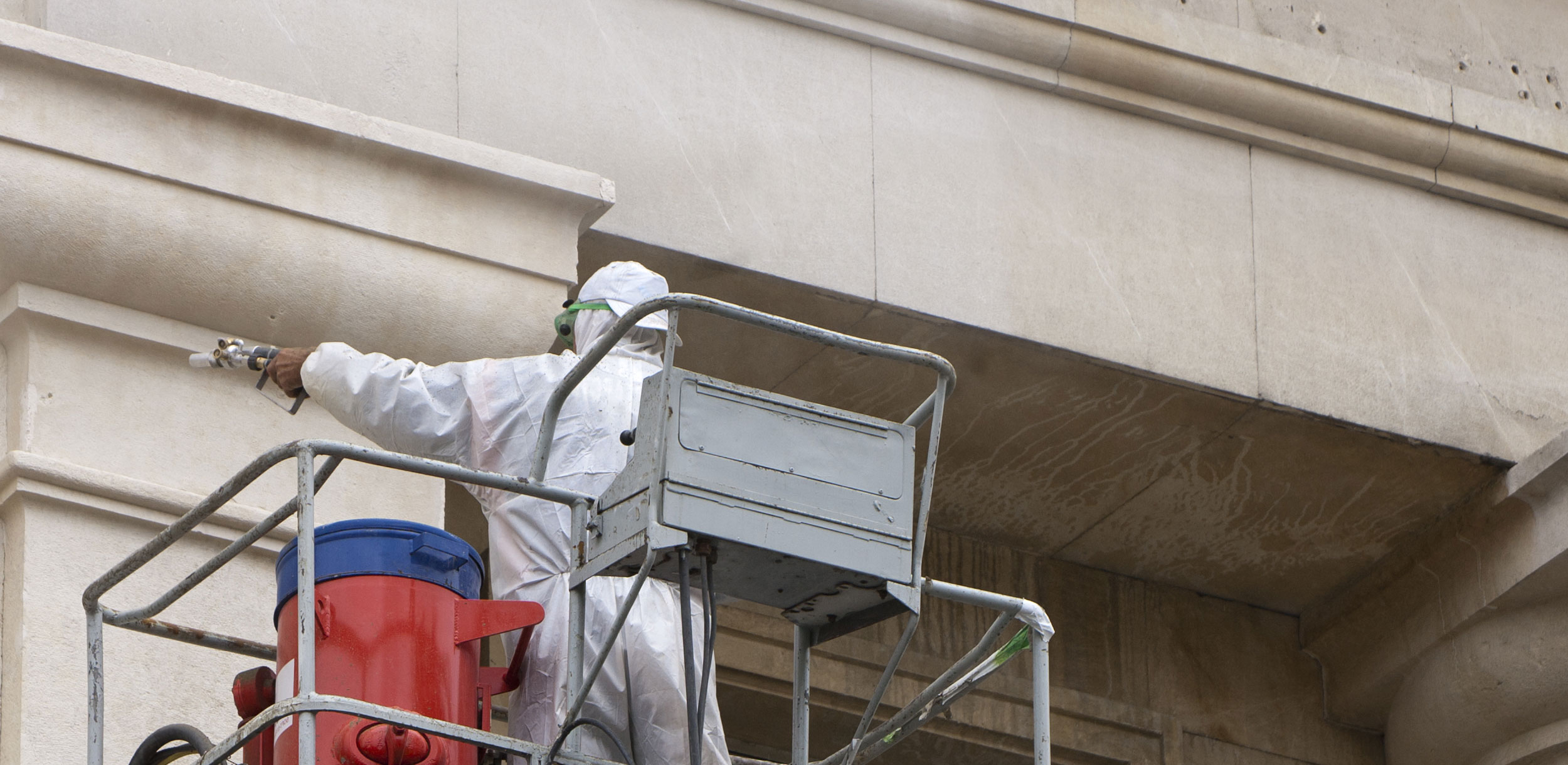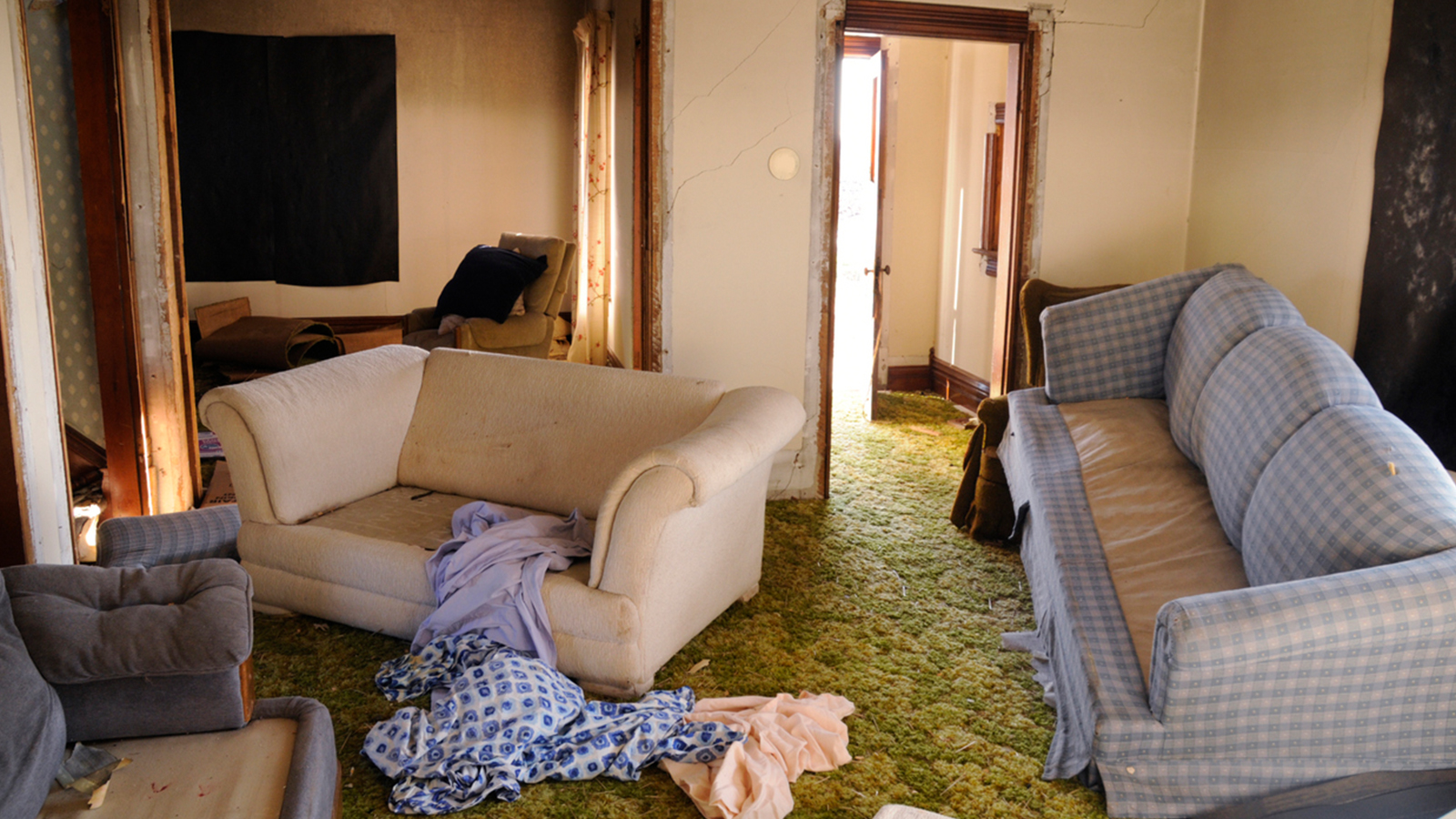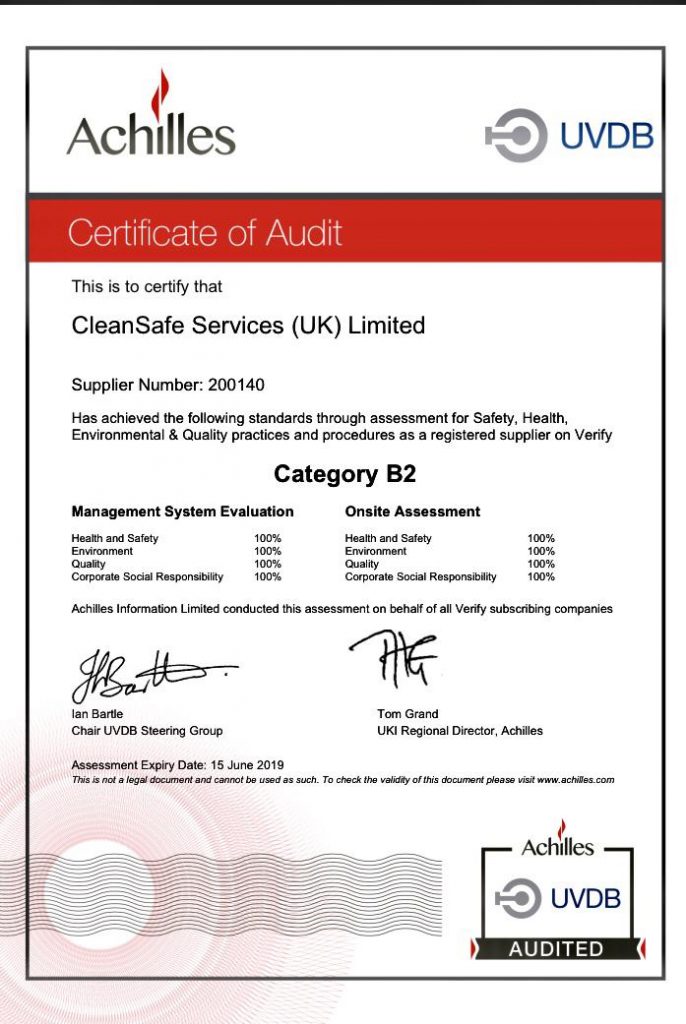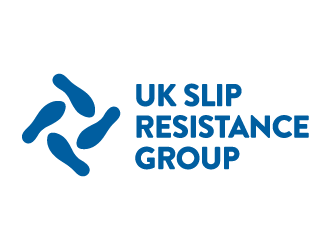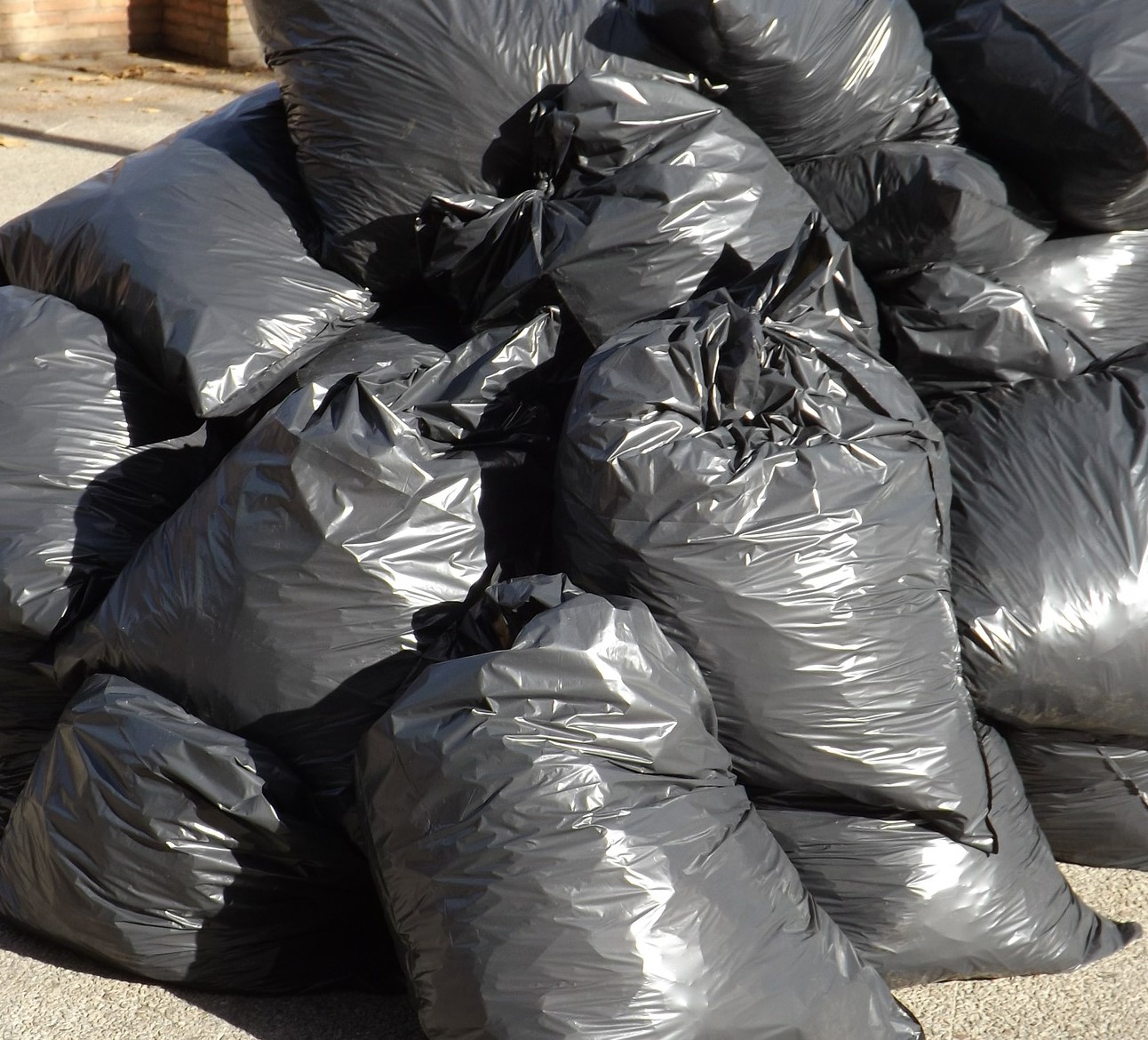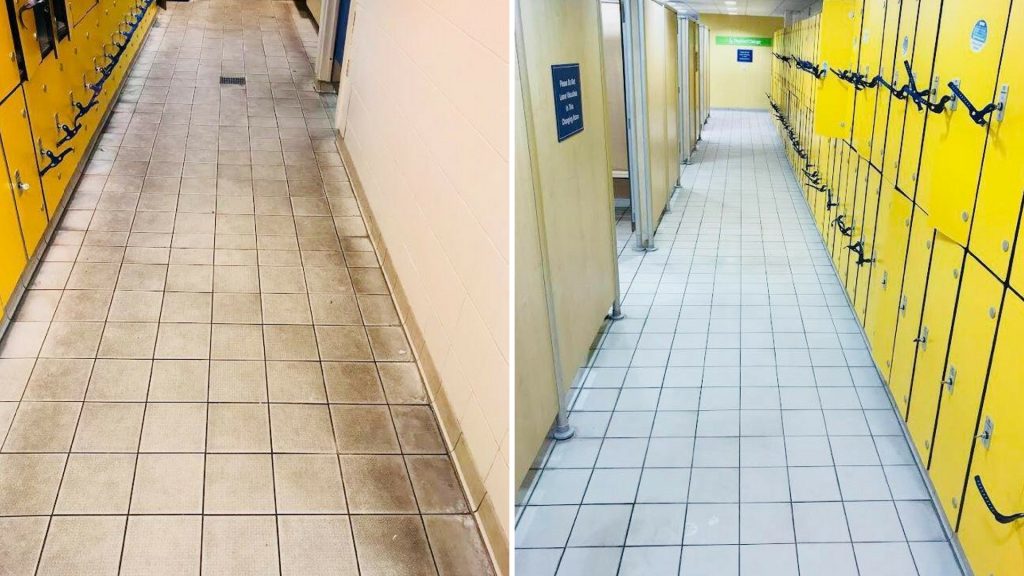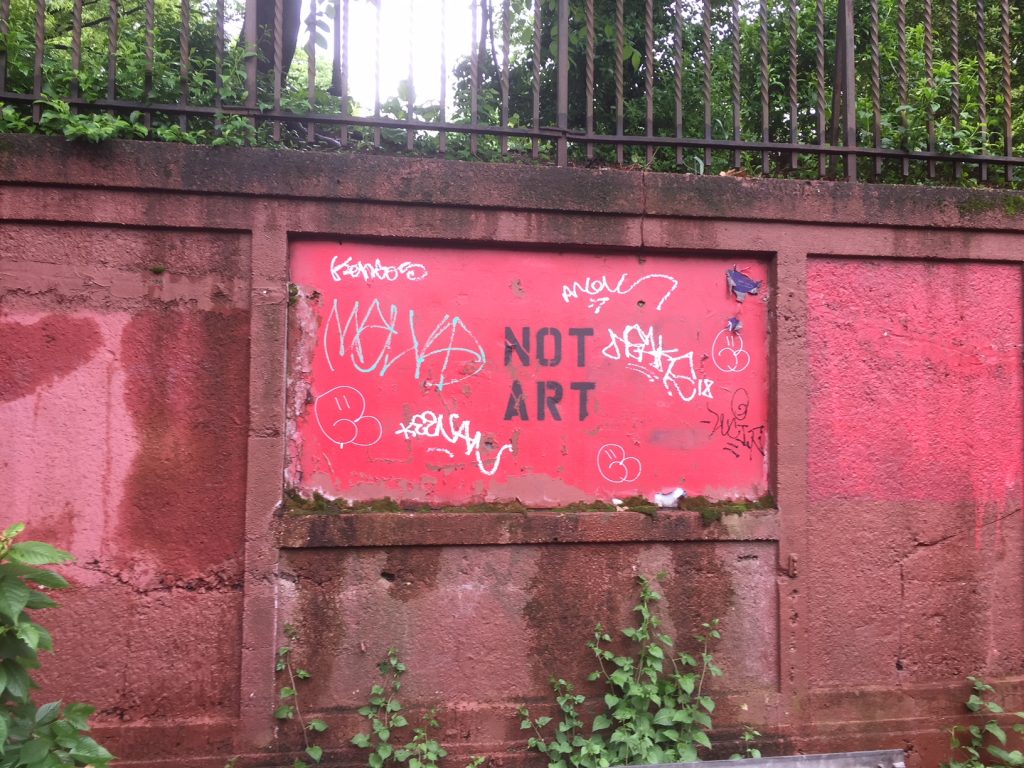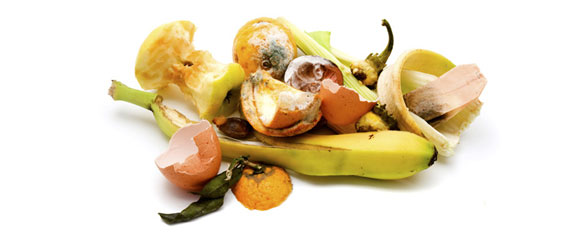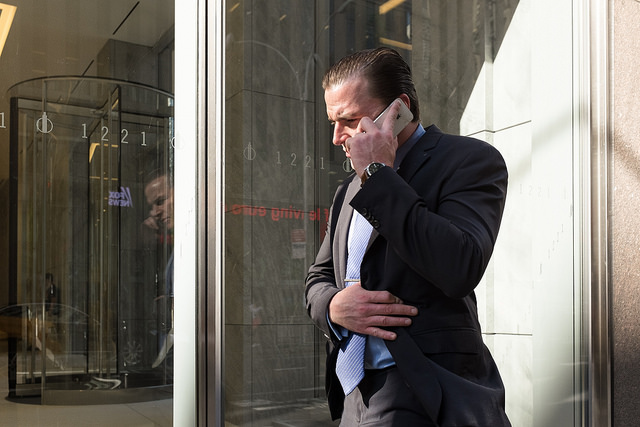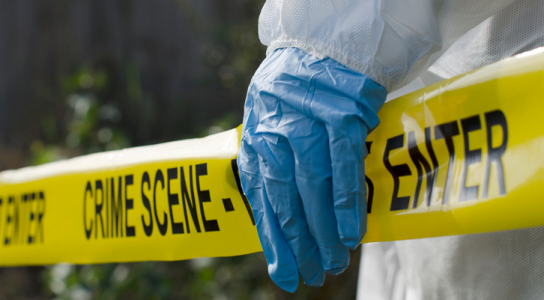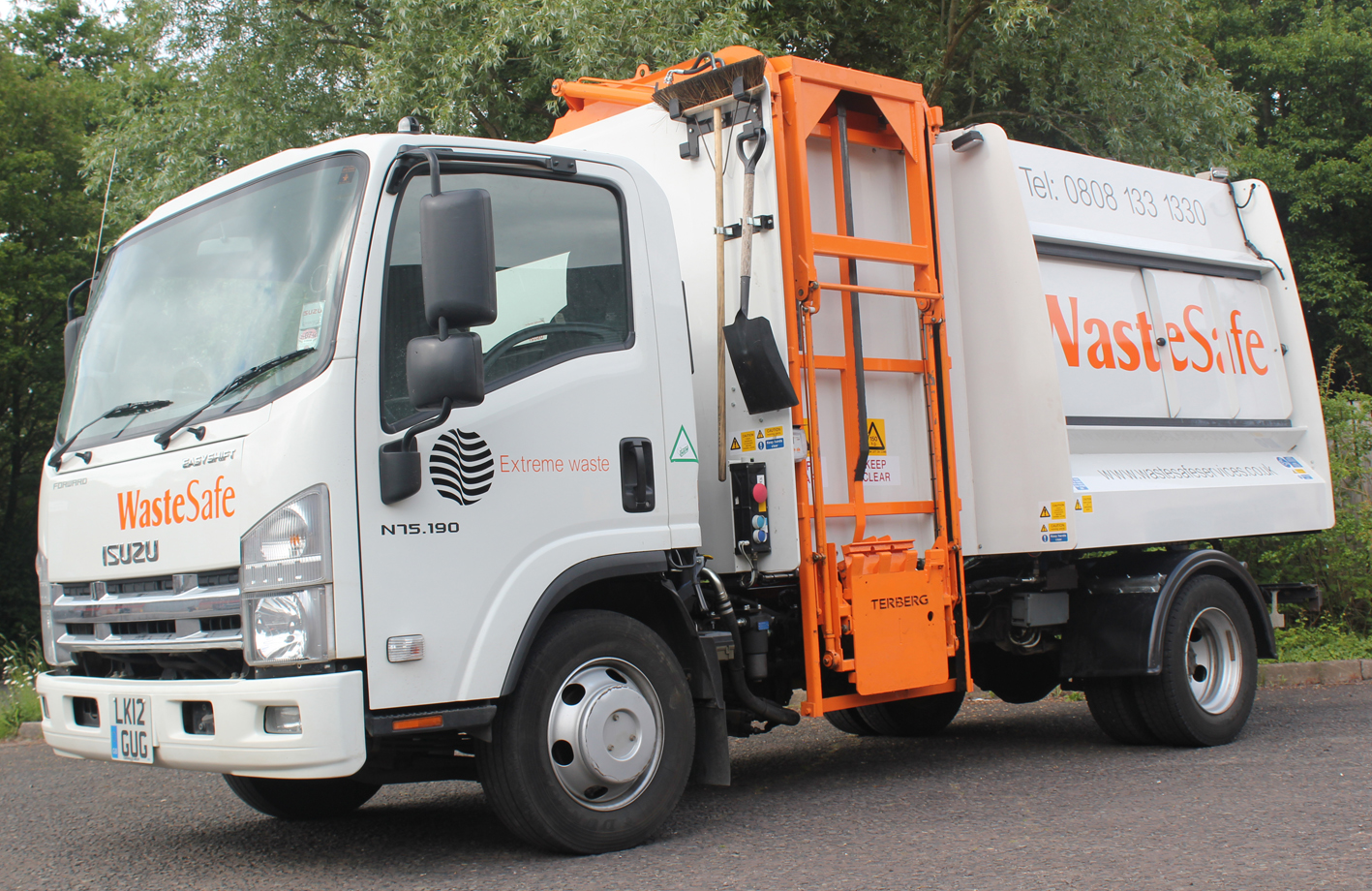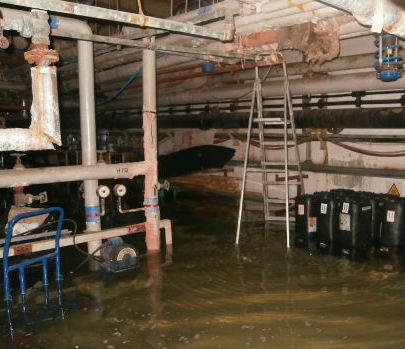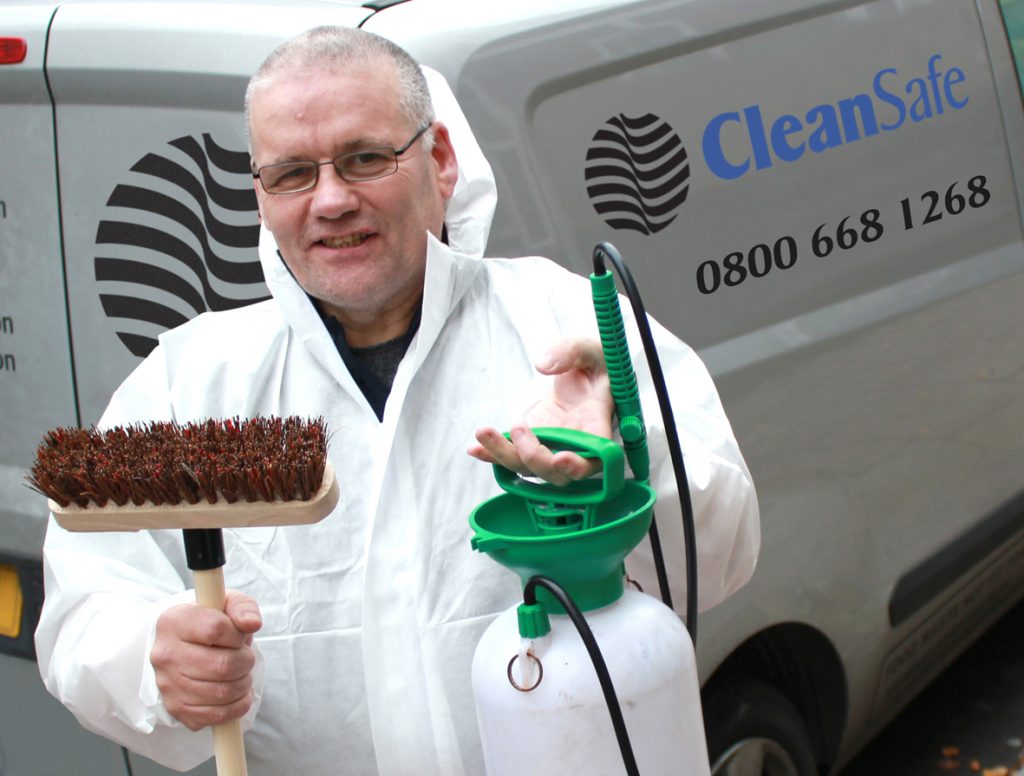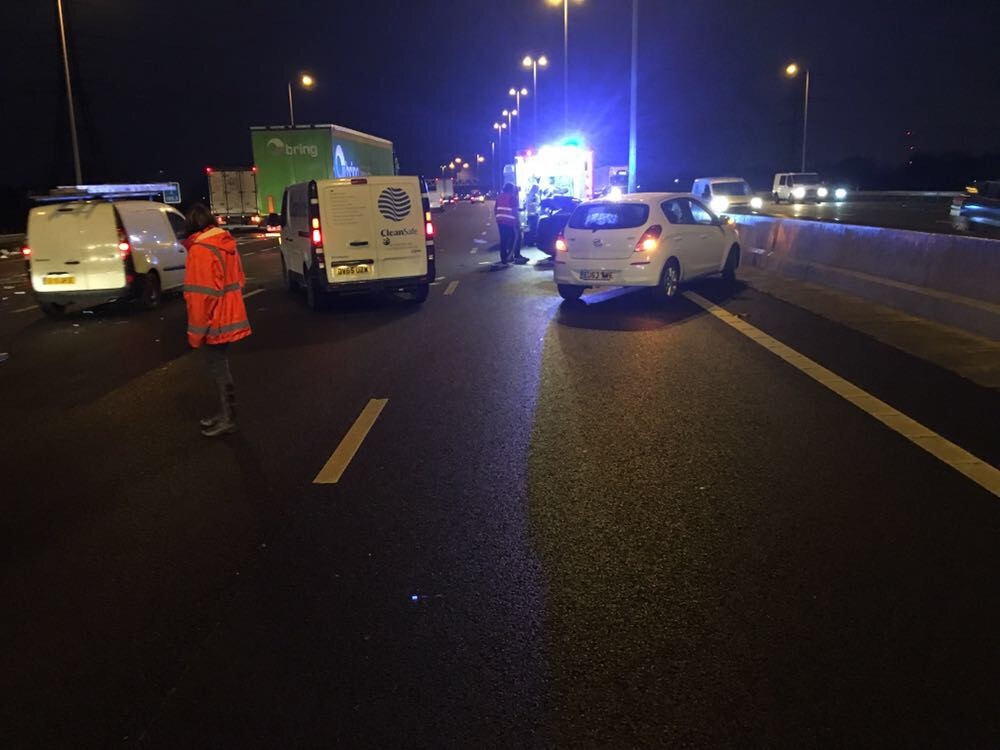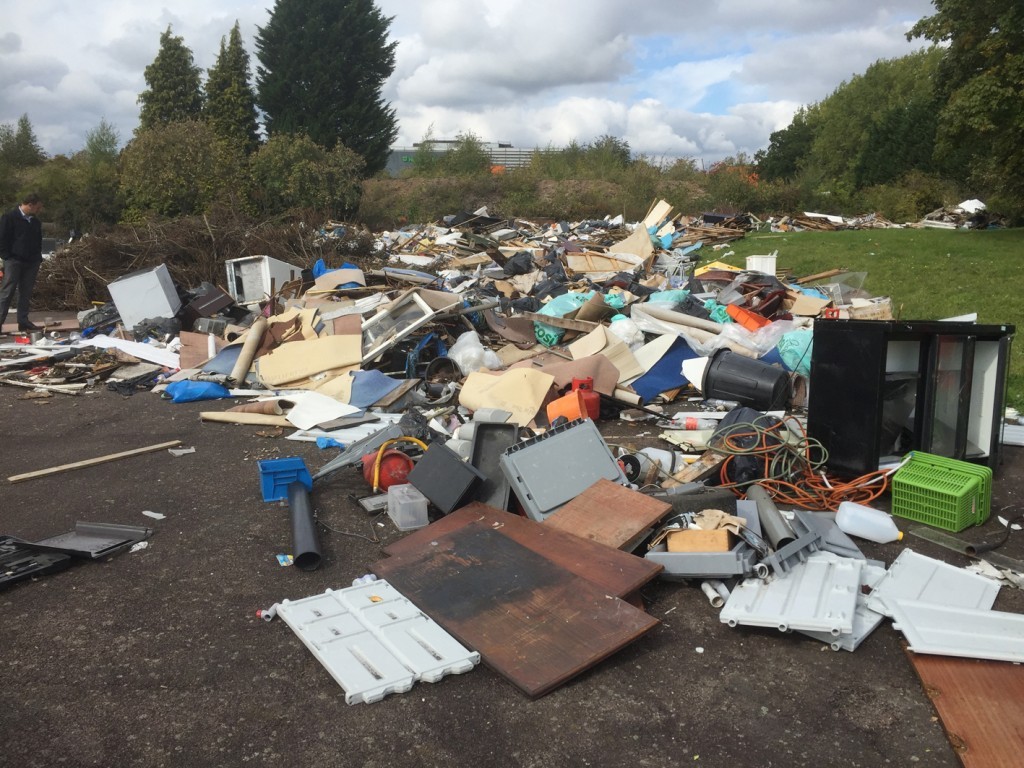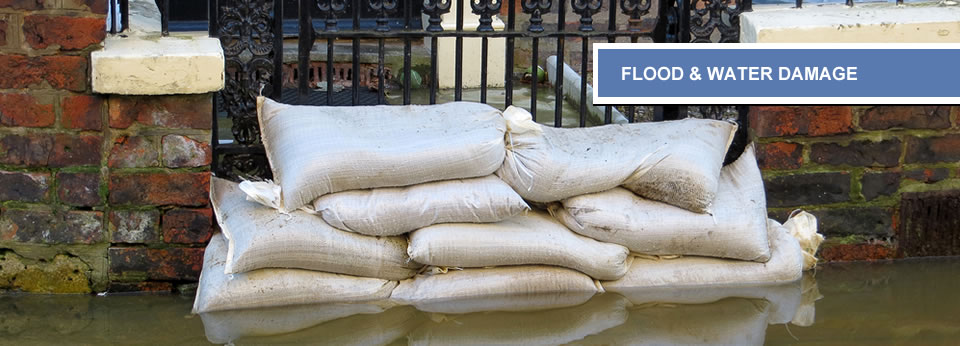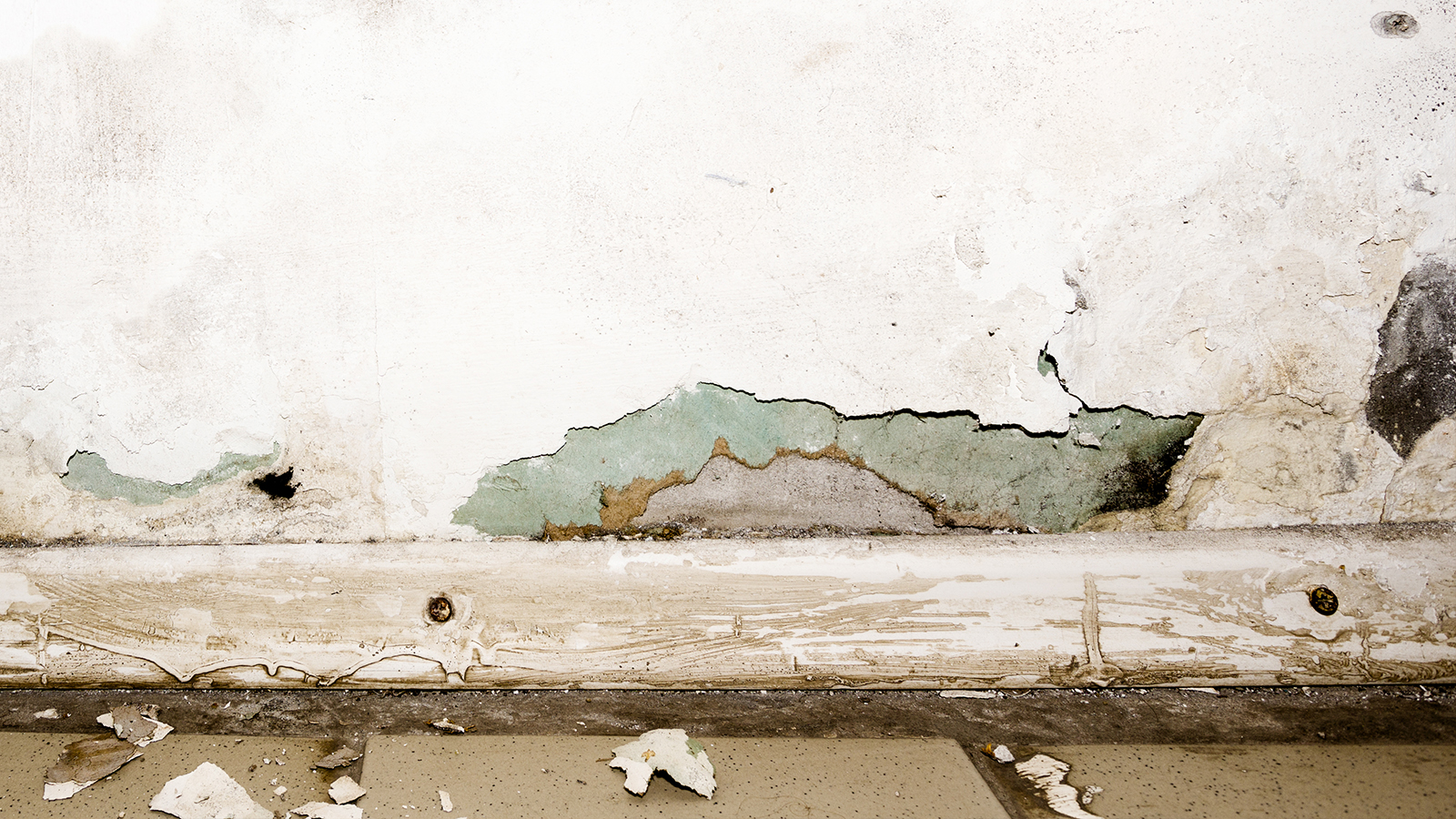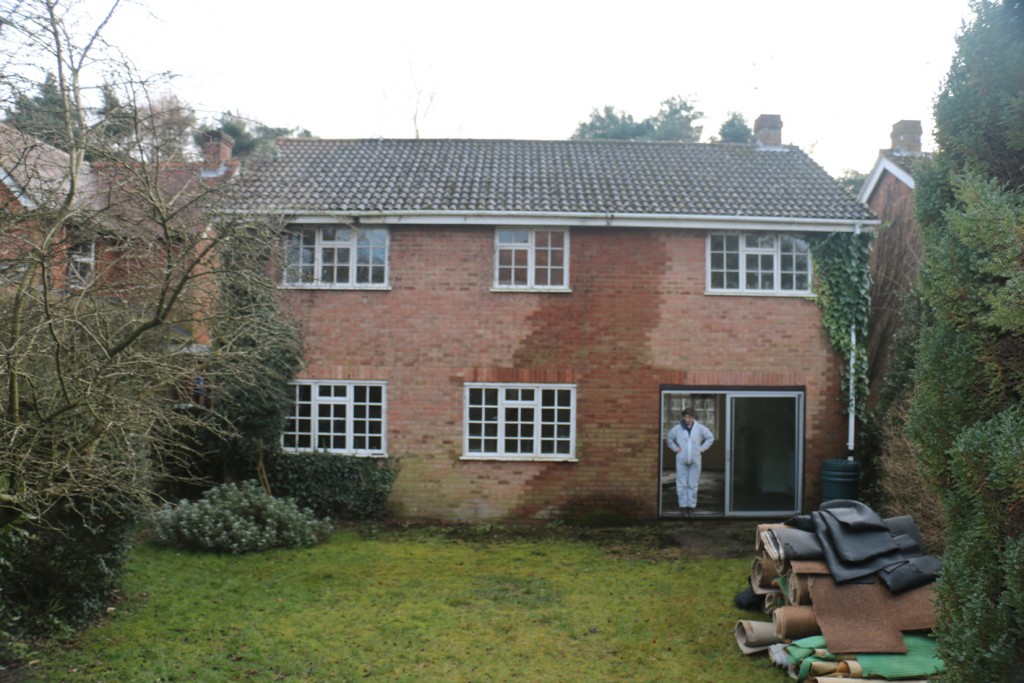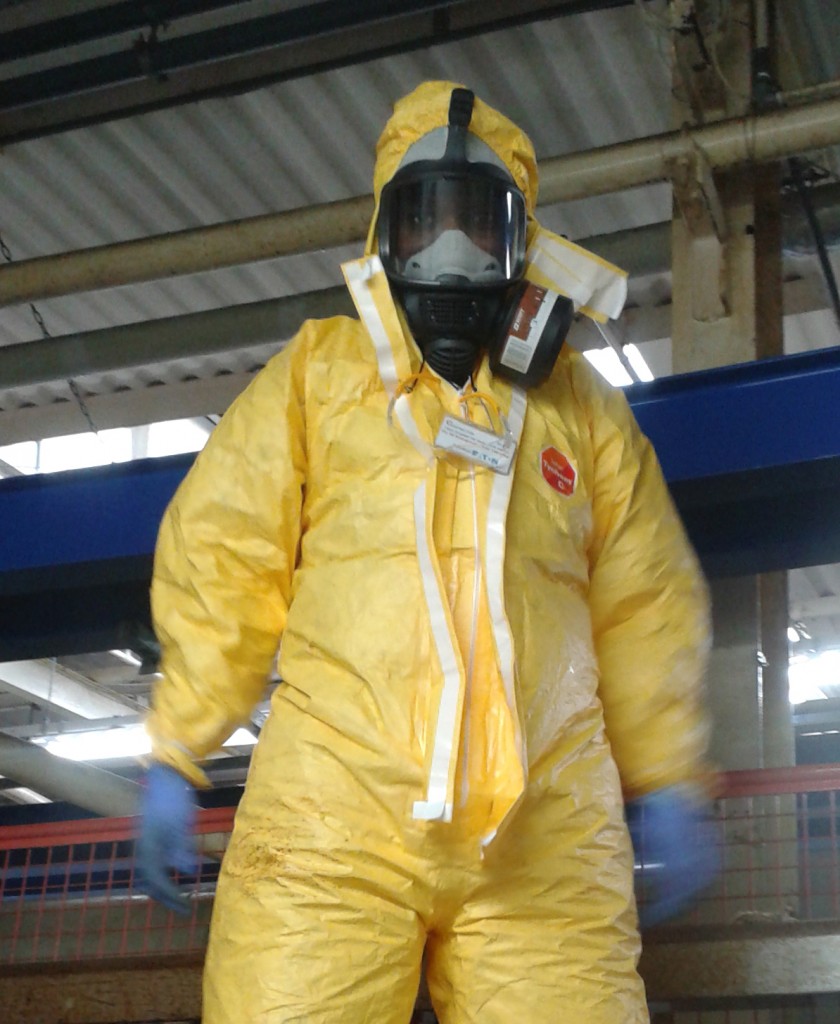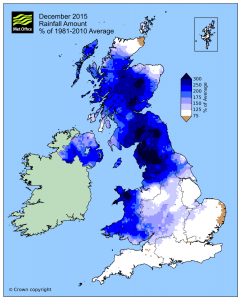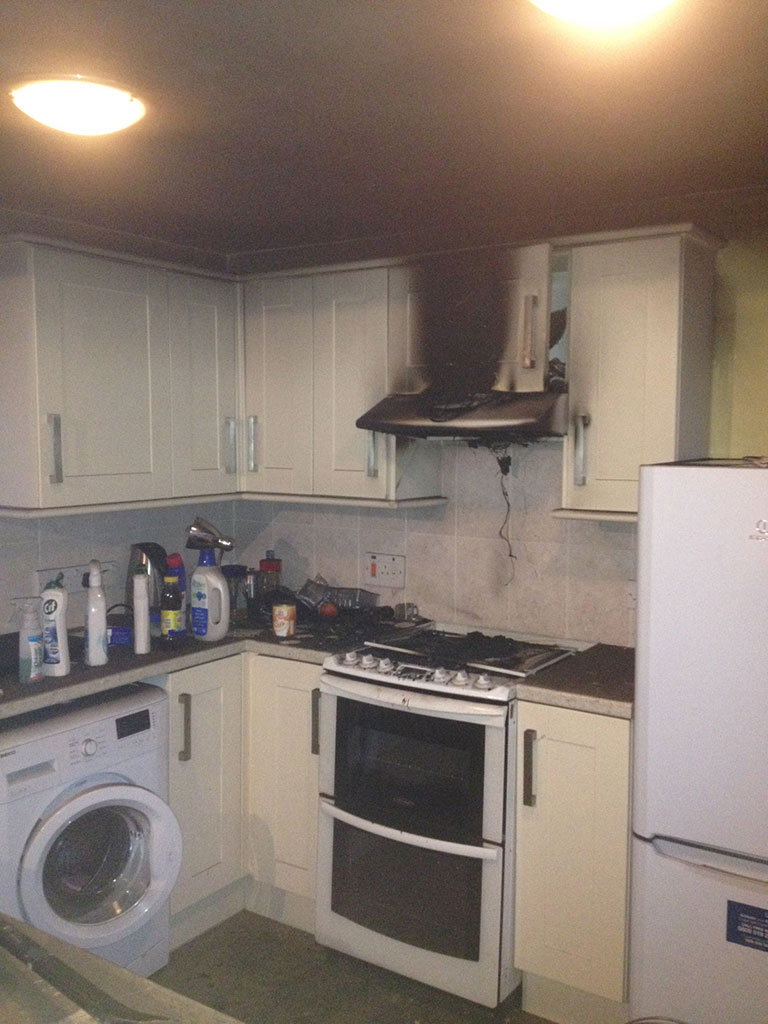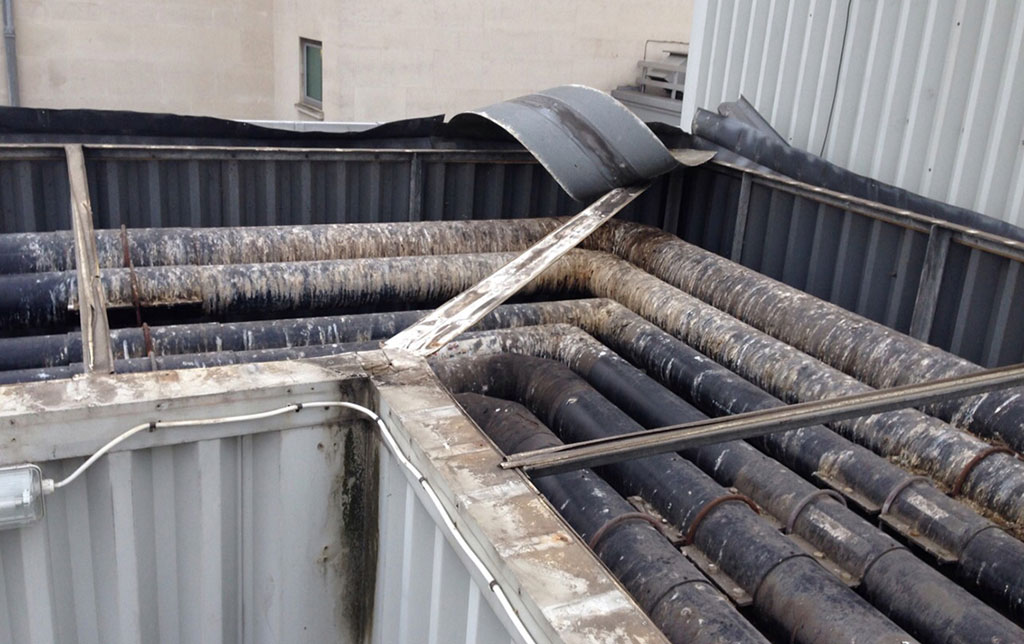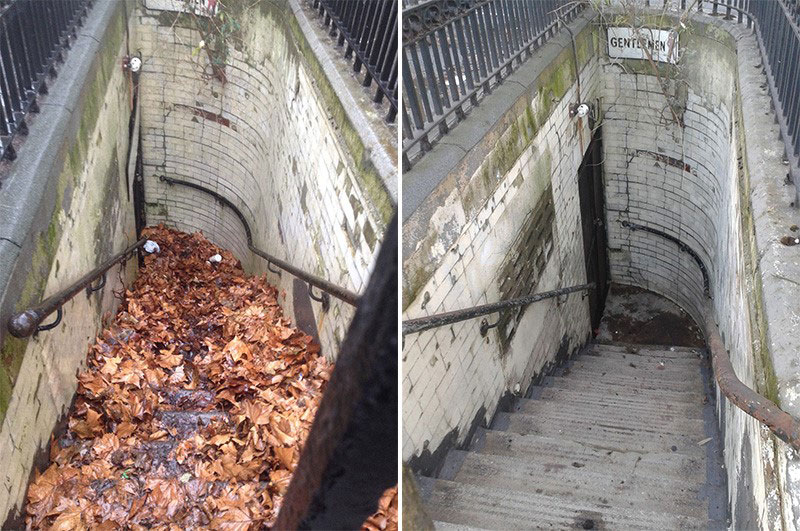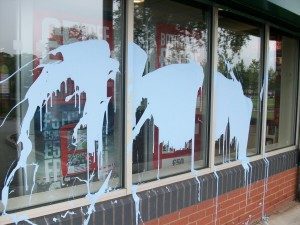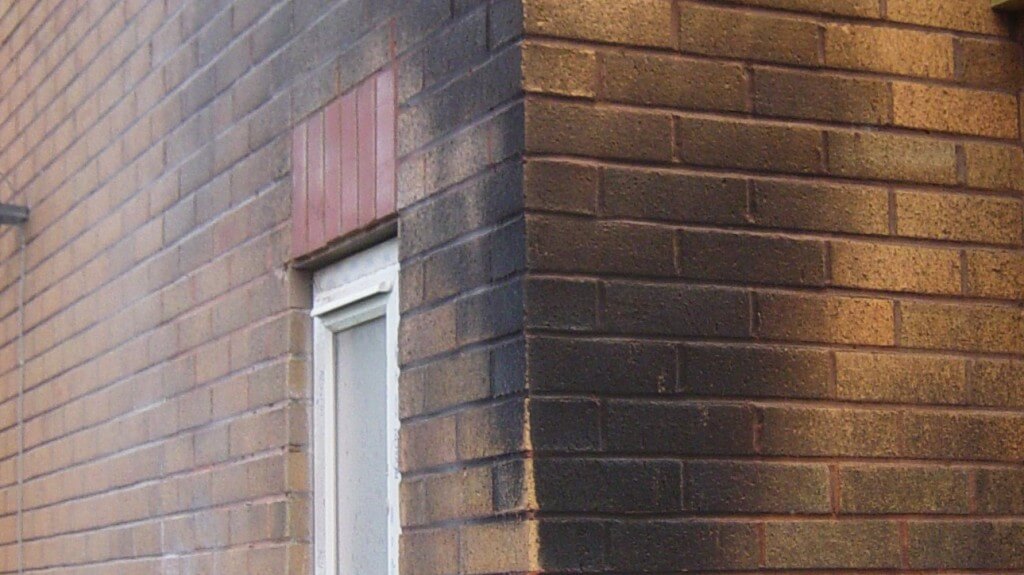A dirty protest is when a person deliberately urinates or defecates without the use of the proper facilities supplied as an act of non-compliance or protest. This may include smearing blood or faeces on the walls or defecating in communal areas such as showers and toilets. They most commonly occur in prisons but have been reported in public spaces as part of political or personal protest.
While localised one-off dirty protests still happen today, the first and most well-known example of this type of protest dates back around forty years.
History of the dirty protest
Dirty protests originally began as part of a five-year protest during by the IRA and INLA during The Troubles in the late ’70s and early ’80s, and were performed by prisoners of the Maze Prison and Armagh Women’s Prison in Northern Ireland.
Special Category Status
Convicted paramilitary prisoners were treated as ordinary criminals until July 1972, until a hunger strike by 40 IRA prisoners led to them being granted Special Category Status. This allowed them to be treated similarly to prisoners of war, excusing them from wearing prison uniforms or doing prison work.
In 1976, Special Category Status was brought to an end, meaning that all paramilitary prisoners convicted after March 1st 1976 would no longer receive these exemptions. This led to a deterioration of relations between prisoners and the authorities, with 19 prison officers being assassinated over the five-year protest, and numerous attacks on the prisoners by prison officers.
The blanket protest
Newly convicted prisoner Kieran Nugent began the so-called blanket protest, in which IRA and INLA prisoners refused to wear prison uniforms, instead choosing to remain naked or fashion clothing from prison blankets.
As prisoners were required to wear prison uniform to leave their cells, this meant that prisoners forfeited visits and exercise periods, and were confined to their cells for 24 hours a day. Failure to comply with prison rules led to prisoners losing the right to remission, which allowed a sentence reduction for good behaviour.
As the protests continued, some prisoners refused to leave their cells to shower or use the toilet due to the threat of attack from prison officers and the degradation of having to stand naked in the washrooms. The prisoners were provided with wash basins in their cells but requested the installation of showers. This request was turned down, so prisoners refused to use the basins.
The dirty protest
This led to the blanket protest escalating into the dirty protest, as prisoners would not leave their cells to empty their chamber pots, and began to smear faeces on the wall. Attempts by the authorities to keep the cells clean by spraying disinfectant through the windows or removing the prisoners by force to allow them to clean proved fruitless, as the prisoners would continue their protest as soon as they were returned to their cells.
The dirty protest continued with no sign of the British government backing down, and by late 1979, nine out of ten newly convicted prisoners chose to join in the protest. In February 1980, over thirty prisoners in Armagh Women’s Prison joined the dirty protest, led by IRA member Mairéad Farrell.
Hunger strikes
In October 1980, the protesters at the Maze Prison went on a hunger strike in order to secure their ‘Five Demands’, which included: the right not to wear a prison uniform; the right not to do prison work; the right of free association with other prisoners and to organise educational and recreational activities; the right to one visit, one letter and one parcel per week; and full restoration of remission lost through the protest. Three prisoners at Armagh also went on hunger strike.
IRA member Brendan Hughes chose to call an end the hunger strike after 53 days to save the life of Sean McKenna, who was close to death and lapsing in and out of a coma. The British government still gave no signs of meeting the inmates’ demands, and so a second hunger strike was started on 1st March 1981 by Bobby Sands.
By the time the strike ended seven months later, ten inmates, including Sands, had starved to death. Some men were taken off hunger strike for medical reasons or by family intervention, and the strike was called off on 3rd October as it became clear that the families of the remaining strikers would also intervene to save their lives.
Prison policy changes
Shortly after the end of the strike, the new Secretary of State for Northern Ireland, James Prior, announced several prison policy changes, conceding to all but one of the ‘Five Demands’. The only demand that was not met was the right not to do prison work, although this was effectively obtained following the Maze Prison escape in 1983, after which the prison workshops were closed due to the associated security risks.
Cleaning up after a dirty protest
Prison authorities are responsible in the UK for the welfare of inmates during their detainment, which includes providing a hygienic prison or holding cell. While a dirty protest cannot always be prevented, it is essential that the area is fully cleaned and disinfected as soon as possible to prevent the spread of disease, which is a particular risk in confined environments.
CleanSafe are experts in the complete sanitation of areas contaminated by bodily fluids and can be on your site within two hours to get your facility back up to code with minimal disruption.
For more information or to arrange a call-out, speak to us on 0800 668 1268 or get in touch online.


